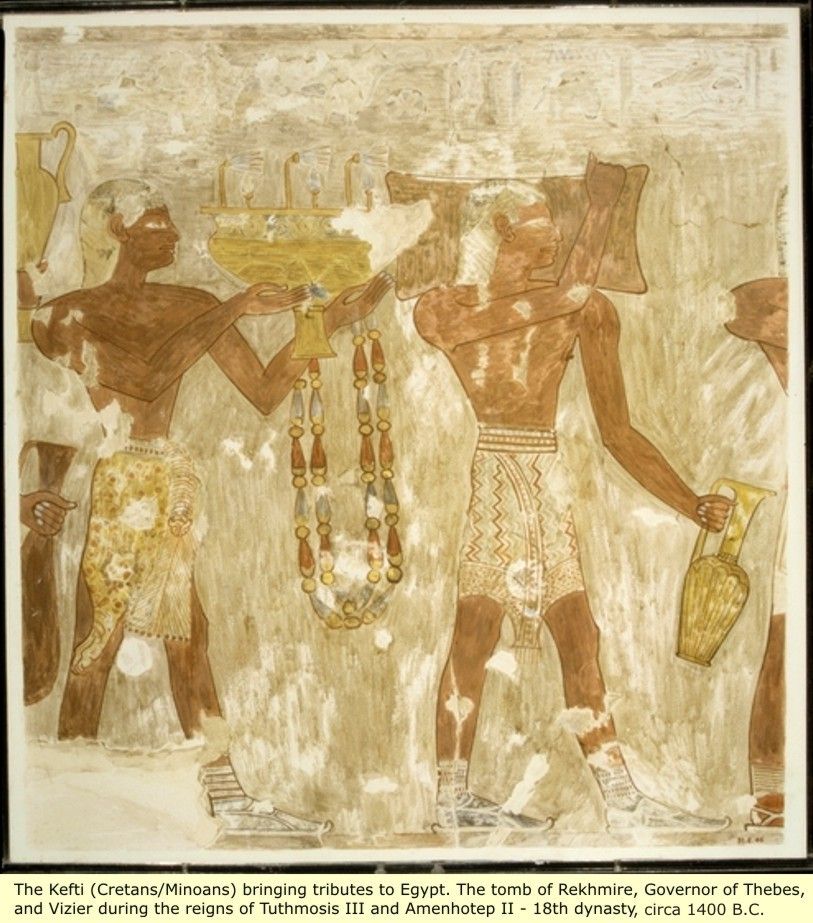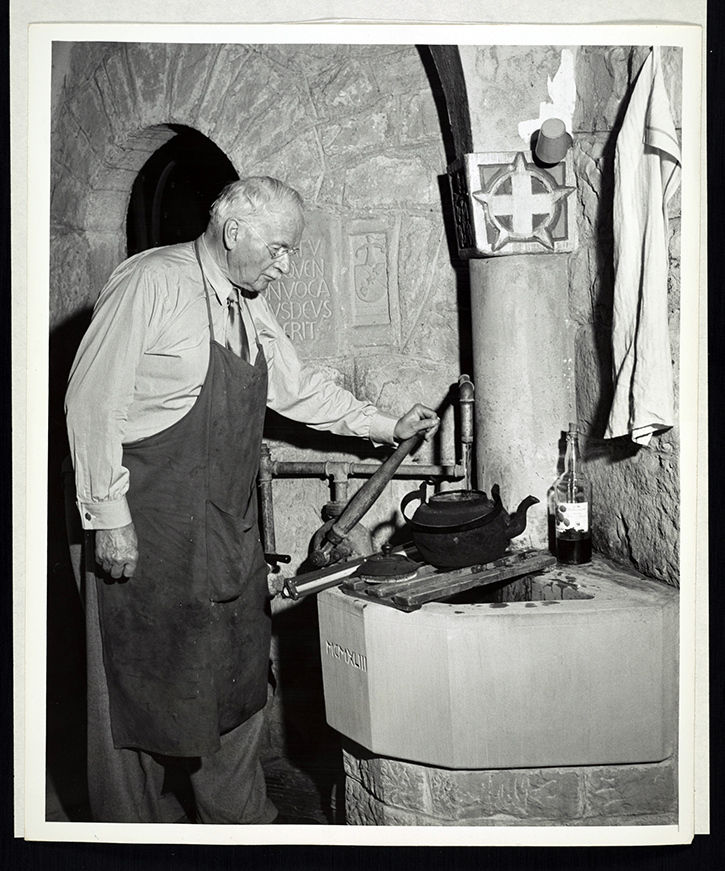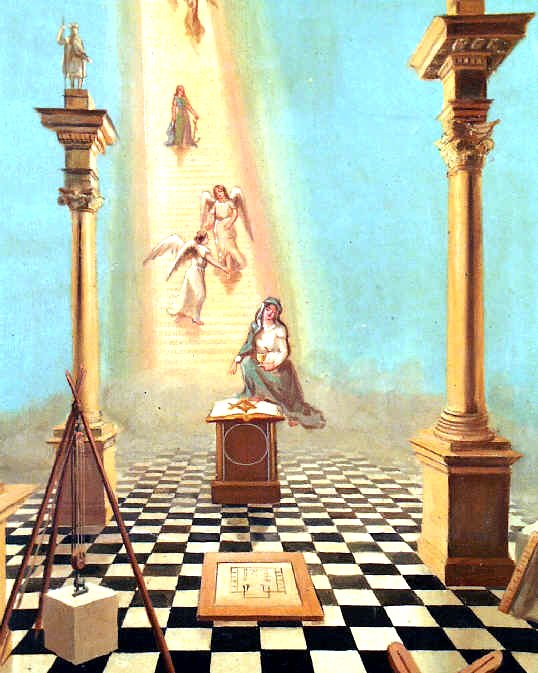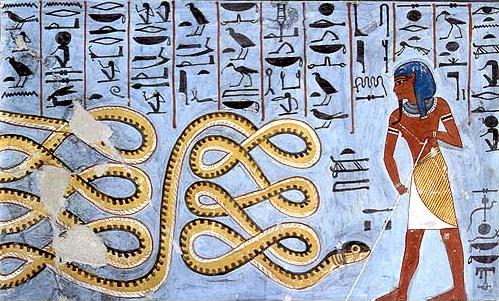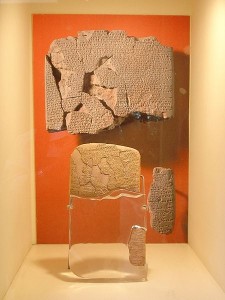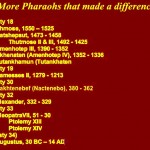 “Then the Jews said to Judas: How shall we arrest him [Jesus], for he does not have a single shape but his appearance changes. Sometimes he is ruddy, sometimes he is white, sometimes he is red, sometimes he is wheat coloured, sometimes he is pallid like ascetics, sometimes he is a youth, sometimes an old man…”
“Then the Jews said to Judas: How shall we arrest him [Jesus], for he does not have a single shape but his appearance changes. Sometimes he is ruddy, sometimes he is white, sometimes he is red, sometimes he is wheat coloured, sometimes he is pallid like ascetics, sometimes he is a youth, sometimes an old man…”
According to author Roelof Van de Broek, Jesus was not only the messiah who walked on water and healed the sick, he was also a master shape shifter who sometimes could become invisible and at other times he took the shape of an eagle.
These newly deciphered Egyptian text dating back almost 1,200 years tell us of shape shifting descriptions of Jesus, that were made in a super secret book purchased by JP Morgan in 1911 that was titled, The Pseudo-Cyril of Jerusalem of the Life and the Passion of Christ. It was just recently translated by author Roelof Van de Broek, who had stumbled upon its fascinating contents when he found the mysterious book sitting on the shelves of the Morgan Library and Museum in New York.
The translation was a gift from “archpriest Father Paul,” who, “has provided for this book by his own labors.”
Some of the the translation reads:
“Then the Jews said to Judas: How shall we arrest him [Jesus], for he does not have a single shape but his appearance changes. Sometimes he is ruddy, sometimes he is white, sometimes he is red, sometimes he is wheat coloured, sometimes he is pallid like ascetics, sometimes he is a youth, sometimes an old man…”
The text read: “Pilate, then, looked at Jesus and, behold, he became incorporeal: He did not see him for a long time,” implying that perhaps Jesus demonstrated his super power to Pontius.
AUTHOR VAN DEN BROEK IN AN EMAIL INTERVIEW WITH LIVESCIENCE.COM;
Van den Broek writes in the email that “in Egypt, the Bible had already become canonized in the fourth/fifth century, but apocryphal stories and books remained popular among the Egyptian Christians, especially among monks.”
Whereas the people of the monastery would have believed the newly translated text, “in particular the more simple monks,” he’s not convinced that the writer of the text believed everything he was writing down, van den Broek said.
“I find it difficult to believe that he really did, but some details, for instance the meal with Jesus, he may have believed to have really happened,” van den Broek writes. “The people of that time, even if they were well-educated, did not have a critical historical attitude. Miracles were quite possible, and why should an old story not be true?”
A description of the book from the publisher;
Pseudo-Cyril of Jerusalem’s Coptic homily On the Life and the Passion of Christ is in fact a collection of apocryphal stories. Roelof van den Broek offers a critical edition of this text, with introduction, translation and notes. The text provides information about the worldly crafts of the apostles and Jesus’ external appearance; it also contains a peculiar chronology of Holy Week (implying that Jesus was arrested on Tuesday evening) and a long story about Pilate’s role in the trial of Jesus. The latter contains, int. al., letters by Pilate and Herod, discussions between Pilate and Jesus during a dinner they had together, and a description of the dreams of Pilate and his wife Procla and their explanation by Jesus.
SOURCES:

Moe is the founder of GnosticWarrior.com. He is a father, husband, author, martial arts black belt, and an expert in Gnosticism, the occult, and esotericism.

